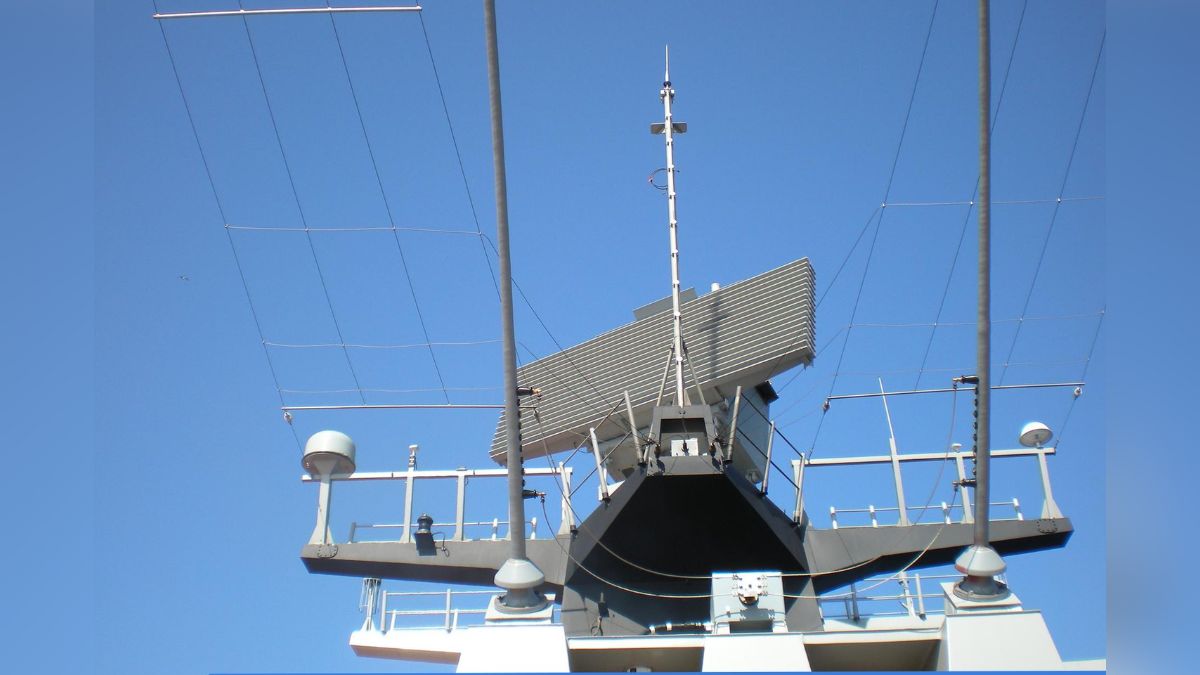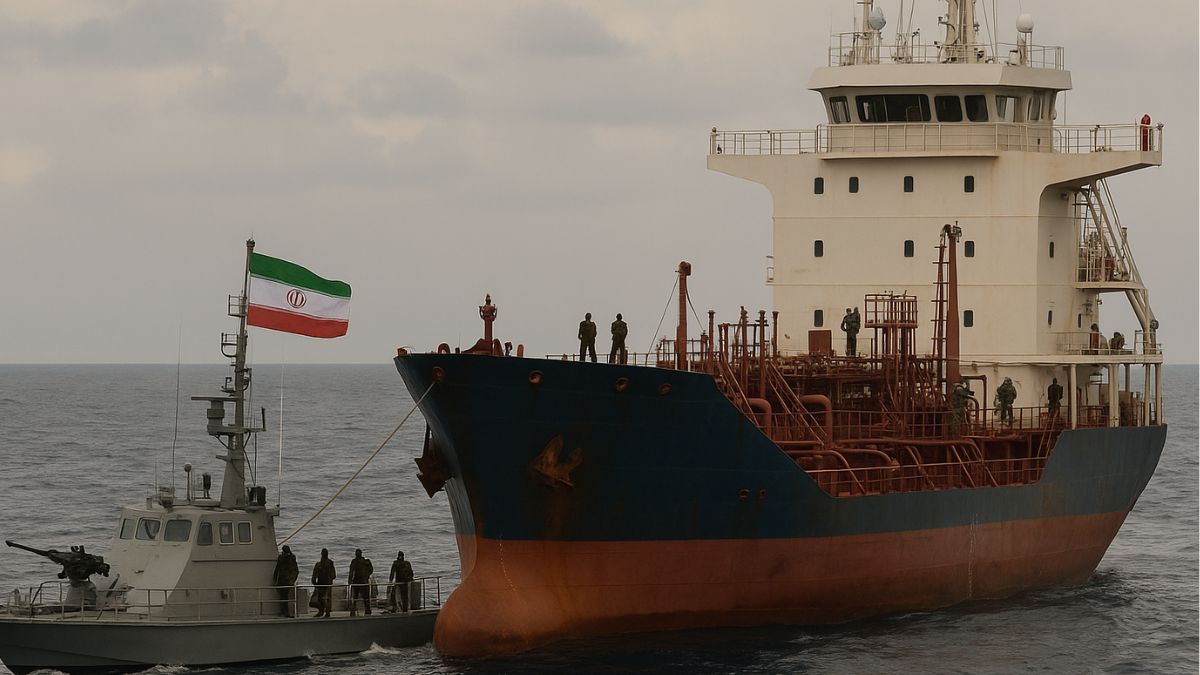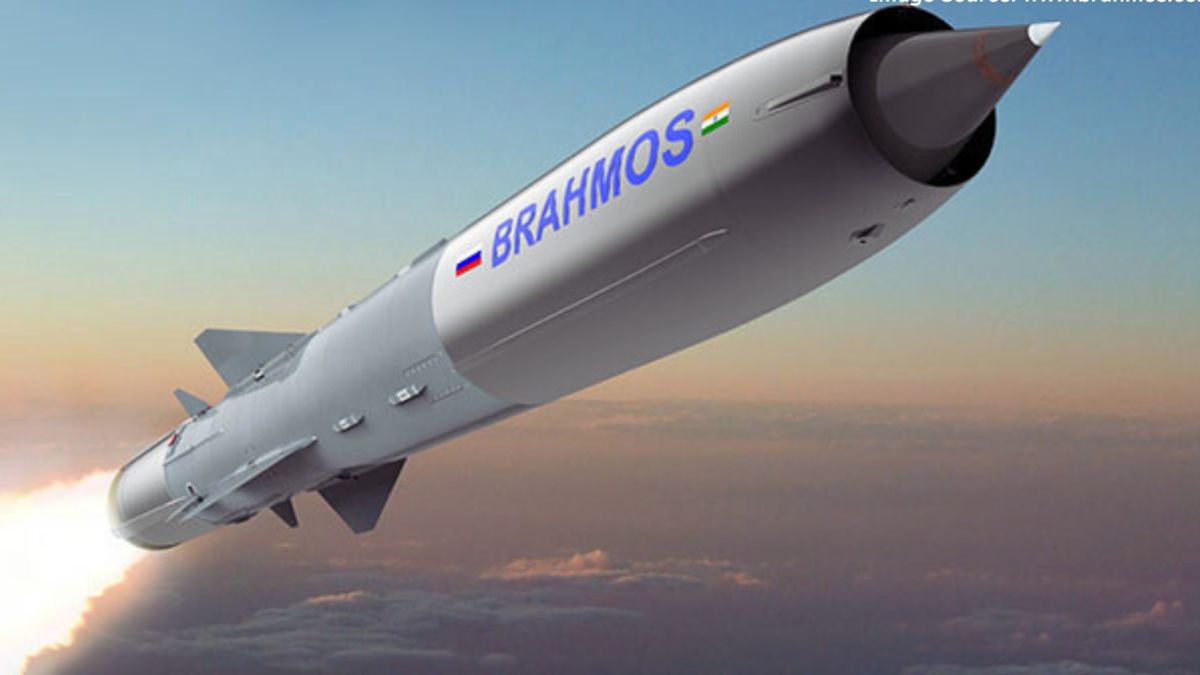Tata Advanced Systems, Indra Fit 1st Indigenous 3D Air Surveillance Radar On Indian Navy Warship

Tata Advanced Systems' collaboration with Indra Company led to India's commissioning of the first 3D Air Surveillance Radar (3D-ASR) – Lanza-N aboard an Indian Navy warship. Image courtesy: X.com/@tataadvanced
India has commissioned a new generation of naval radar on one of its frontline warships, marking a step in the country’s drive for self-reliance in defence technology. The system, manufactured by Tata Advanced Systems Ltd (TASL) in collaboration with Spain’s Indra, has already been put through sea trials and is now fully operational.
The radar, known as the Lanza-N, is the first of its kind produced in India. Its deployment signals not just the strengthening of naval surveillance but also a wider push towards building advanced military hardware domestically.
What makes the Lanza-N radar significant?
Unlike conventional two-dimensional radars that track only range and direction, the Lanza-N is a 3D air surveillance radar capable of identifying altitude as well. This three-dimensional view enables operators to distinguish between airborne and ground-based targets, track drones, detect supersonic aircraft and intercept anti-radiation missiles.
The radar has been fully integrated with the ship’s existing combat systems and tested against multiple aerial and surface targets. Its deployment aboard an Indian Navy warship is the first instance of the Lanza-N system being used outside Spain.
How is the radar being built in India?
The system was developed by Indra but has been assembled, integrated and tested locally by TASL. A dedicated radar assembly and testing facility has been set up at TASL’s Karnataka plant, which will support future production runs and speed up deliveries.
Sukaran Singh, TASL’s chief executive, said the partnership demonstrates India’s capacity to build advanced defence technologies by drawing on a local supply chain. Indra’s naval division head, Ana Buendía, added that the collaboration will allow production to be managed more efficiently and provide closer support to the Indian Navy.
What does this mean for India’s defence ambitions?
The commissioning of the radar reflects a broader policy push towards indigenisation under the government’s self-reliance initiative in defence. With surveillance radars forming the backbone of naval and air defence, having local capacity to produce and maintain them reduces dependence on foreign suppliers.
The Lanza-N project points to a future in which India aims to integrate locally built sensors, missiles and electronic systems across its fleet, while also strengthening its position as a potential exporter of advanced defence technologies.







